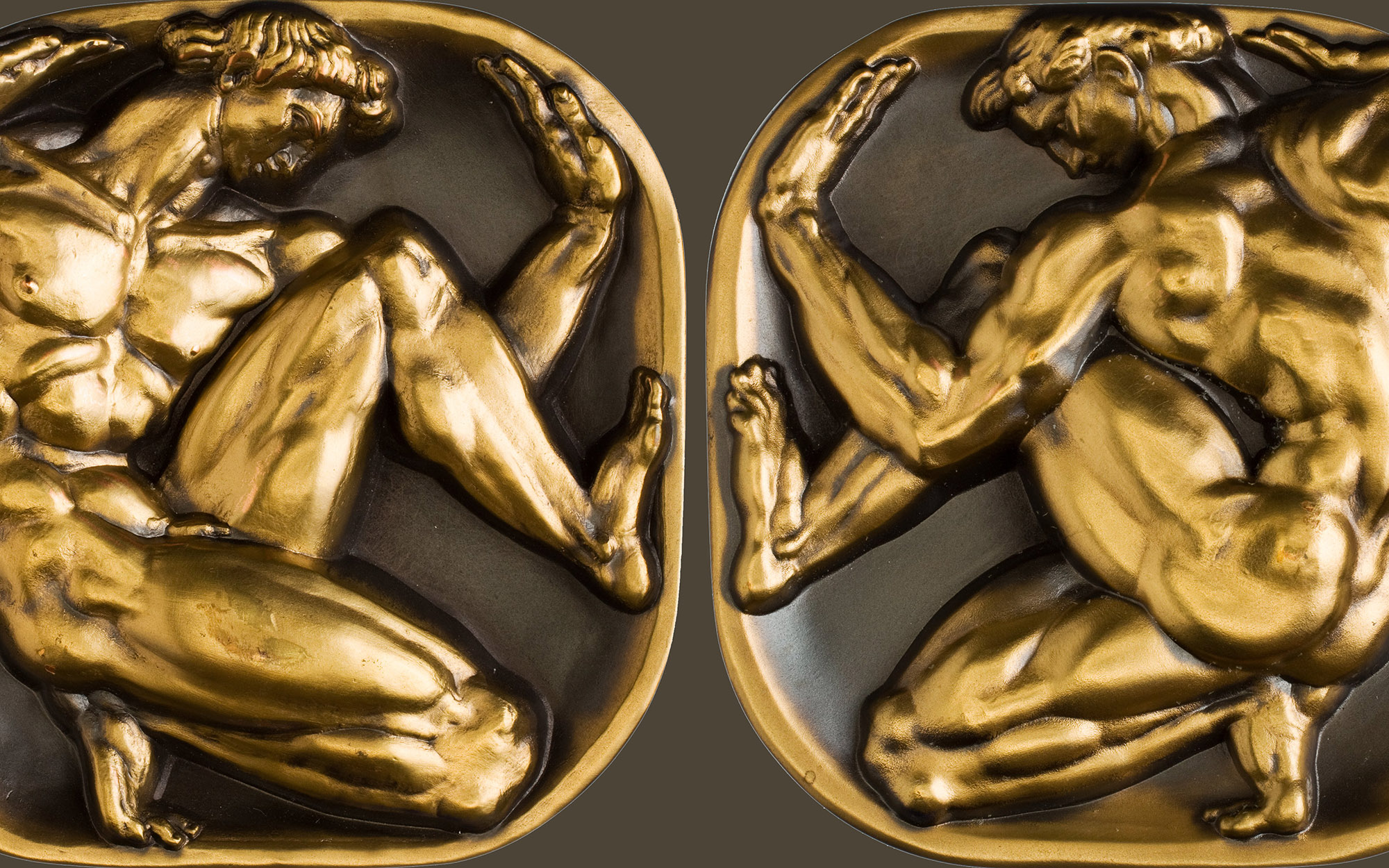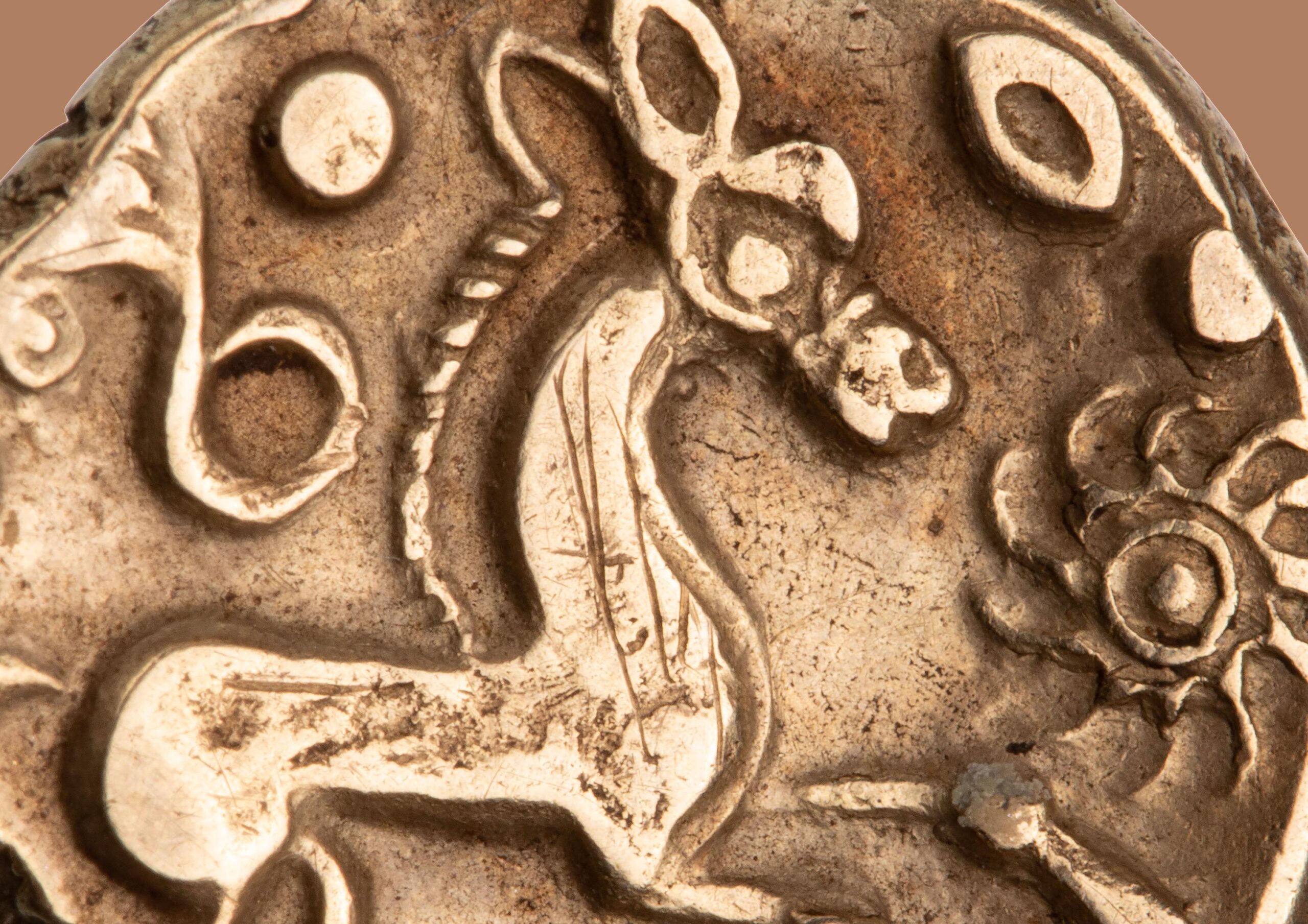Announcing Coins of the Ptolemaic Empire, Part II

Thirty years in the making, Coins of the Ptolemaic Empire, Part II, by Catharine C. Lorber, is the long-anticipated second half of the Coins of the Ptolemaic Empire (CPE) project featuring the coins struck by Ptolemy V–Cleopatra VII. As with Part 1, Lorber essentially rewrites the sections on these rulers in J. N. Svoronos’ classic, but now much out-of-date, Ta Nomismata tou Kratous ton Ptolemaion (1904). The body of coinage catalogued by Svoronos is enlarged by hundreds of additional emissions in precious metal and bronze, recorded from subsequent scholarship, from hoards, from commercial sources, and from private collections. Lorber’s attributions, dates, and interpretations rest on numismatic research conducted after Svoronos, or on the latest archaeological and hoard information. She also provides extensive historical and numismatic introductions that give the coins deeper context and meaning. Available as a 3-volume set with extensive historical introductions, catalogues, and plates for precious-metal and bronze coinage.
Purchase through our US Distributor
Purchase through our International Distributor
ANS Members receive a 30% discount.
Listen to the Planchet podcast interview with Catherine Lorber.
CONTENTS
Volume 1: Historical Introduction
Preface
Acknowledgements
Maps
Introduction
Ptolemy V Epiphanes
Ptolemy VI Philometor
Ptolemy VIII Euergetes II
Ptolemy IX Soter II and Ptolemy X Alexander
Berenice III
Ptolemy XII Neos Dionysos and Ptolemy of Cyprus
Cleopatra VII Thea Neotera
Bibliography
Volume 2: Catalogue of Precious-Metal Coins
Precious-Metal Catalogue
Ptolemy V Epiphanes
Tetradrachms Imitating Third-Century Types
Ptolemy VI Philometor
K Gold Coins
Ptolemy VIII Euergetes II
Ptolemy IX Soter II and Ptolemy X Alexander
Ptolemy XII Neos Dionysos and Ptolemy of Cyprus
Cleopatra VII Thea Neotera
Addenda and Corrigenda to Coins of the Ptolemaic Empire Part I, Volume Appendix
Ptolemaic Precious-Metal Hoards
Concordance to Svoronos
Indices
1. Remarkable Types
2. Remarkable Denominations
3. Controls and Adjunct Symbols
4. Regnal Dates
5. Era Dates
Image Credits
Plates
Volume 3: Catalogue of Bronze Coins
Ptolemy V Epiphanes
Ptolemy VI Philometor
Ptolemy VIII Euergetes II
Small Cypriote Bronzes with Aphrodite Obverse
Ptolemy IX Soter II and Ptolemy X Alexander
Ptolemy XII Neos Dionysos and Ptolemy of Cyprus
Cleopatra VII Thea Neotera
Addenda and Corrigenda to Coins of the Ptolemaic Empire Part I, Volume 2
Appendix
Ptolemaic Bronze Hoards
Concordance to Svoronos
Indices
1. Obverse Types (other than Zeus-Ammon)
2. Reverse Types
3. Remarkable Inscriptions
4. Controls and Symbols
5. Dates
Catharine Lorber holds a B.A. in Classical Greek from UCLA. She spent nearly 40 years as a cataloguer in commercial numismatics, from the early 1970s until her retirement in 2009. As an independent researcher, she specialized in the publication of coin hoards as well as studies pertaining to North Greek, Thessalian, Judaean, Cappadocian, Seleucid, and Ptolemaic coinages. Her most important contribution in the Seleucid field, in collaboration with Arthur Houghton, was Seleucid Coins, A Comprehensive Catalogue (Part I, 2002; Part II, 2008, with Oliver Hoover as a third coauthor). Her book credits also include Amphipolis: The Civic Coinage in Silver and Gold (1990) and Yehud: A Die Study and Classification of the Provincial Silver Coinage of Judah (2023), with Haim Gitler and Jean-Philippe Fontanille. Since 2000 Lorber has published more than 50 papers and book chapters treating Ptolemaic coinage, Ptolemaic iconography, and the role of coinage in the economy of Lagid Egypt.
ISBN (United States) 978-0-89722-372-0 (3-volume set)
ISBN (rest of world) 978-0-89722-402-4 (3-volume set)
Hardcover (Historical Introduction): xix + 399 pp., A4, 92 b/w figs.
Hardcover (Catalogue of Precious-Metal Coins): xi + 282 pp., A4, 61 b/w plates
Hardcover (Catalogue of Bronze Coins): ix + 143 pp., A4, 18 b/w plates
The books are being printed now. Please allow 4–6 weeks for delivery.




